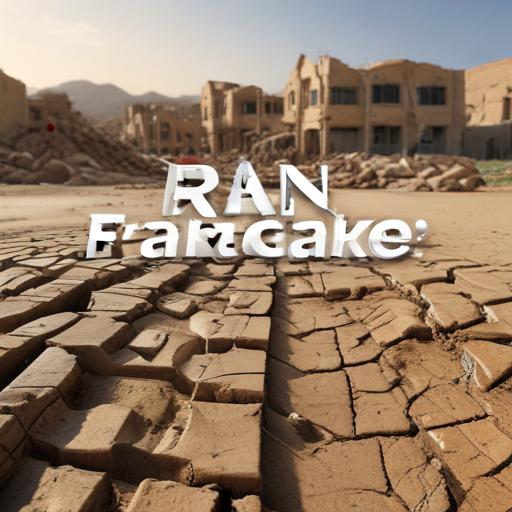TEHRAN – Between June 21 and July 11, Iran recorded an average of 111 earthquakes per week, according to the seismological networks of the Institute of Geophysics at the University of Tehran.
During the first week, from June 21 to 27, 95 earthquakes were noted, including one significant tremor measuring 4.6 on the Richter scale that struck Semnan province on June 24. This period saw a total of 86 earthquakes with magnitudes below 3, 6 between 3 and 4, and 3 ranging between 4 and 5. Semnan topped the list of affected provinces with 30 recorded earthquakes, followed by Khorasan Razavi and Kerman with 19 and 10 earthquakes, respectively.
The following week, June 28 to July 4, experienced a slight increase, with 115 earthquakes logged. The most powerful quake of 4.6 magnitude occurred on July 1 at the Iran-Turkmenistan border. The distribution showed 101 quakes below magnitude 3, 12 between 3 and 4, and 2 between 4 and 5. Khuzestan province was the most affected during this week, registering 14 earthquakes, along with Semnan and Kerman, which reported 12 and 11, respectively. Notably, two earthquakes were recorded in Tehran province.
From July 5 to 11, 124 earthquakes were reported, with Mazandaran experiencing the highest count at 14 earthquakes, followed closely by Khuzestan and Gilan with 12 and 10, respectively. In this period, Tehran province witnessed three earthquakes, with total statistics showing 108 earthquakes under 3, 15 between 3 and 4, and 1 between 4 and 5.
Looking back over the previous calendar year from March 2024 to March 2025, Iran registered a total of 6,272 earthquakes. Of these, 150 were significant, reaching over 4 on the Richter scale, indicating a consistent pattern of seismic activity across the region. Notably, at least five earthquakes with magnitudes over 4.5 occurred monthly, reinforcing the Iranian plateau’s status as a seismically active region. Historically, while about 2 percent of the world’s earthquakes occur in Iran, the country accounts for over 6 percent of the global fatalities from earthquakes during the 20th century.
The persistence of these seismic events underscores the need for ongoing vigilance and preparedness in earthquake-prone areas of Iran. Awareness and improved infrastructure could mitigate potential impacts on communities affected by such natural disasters.
